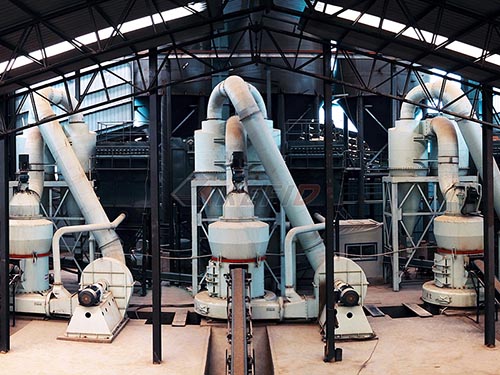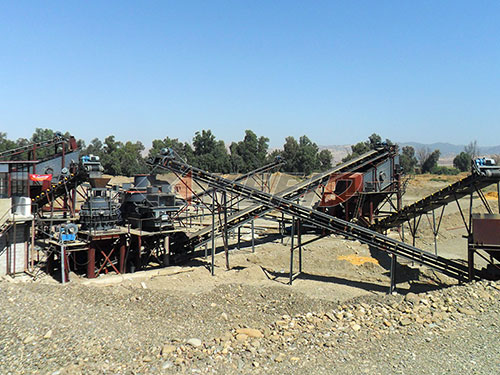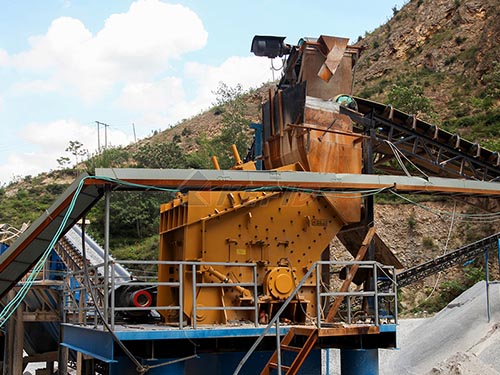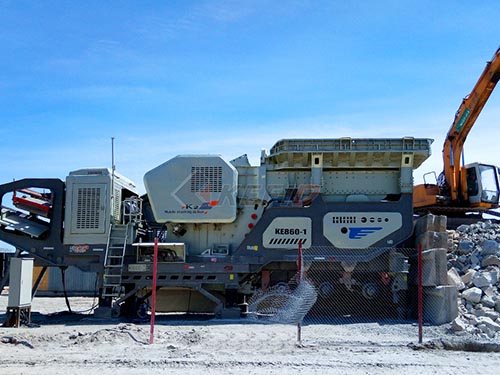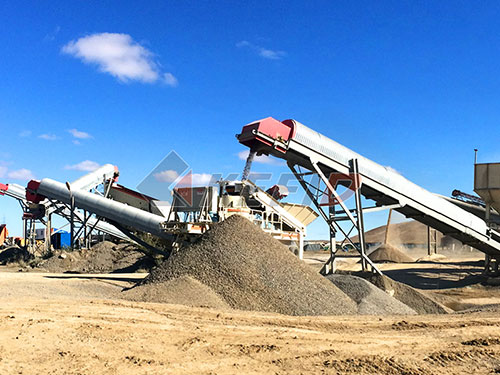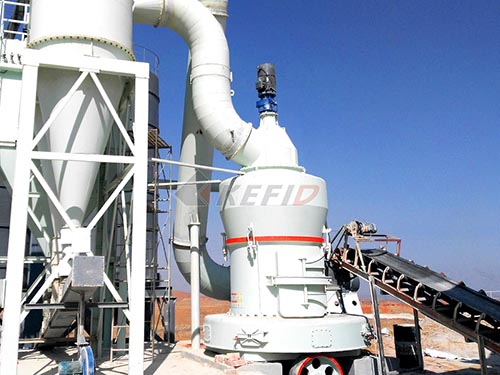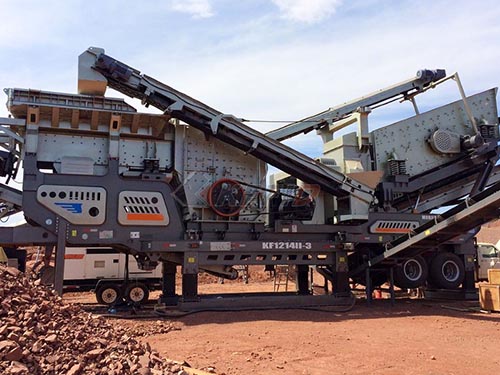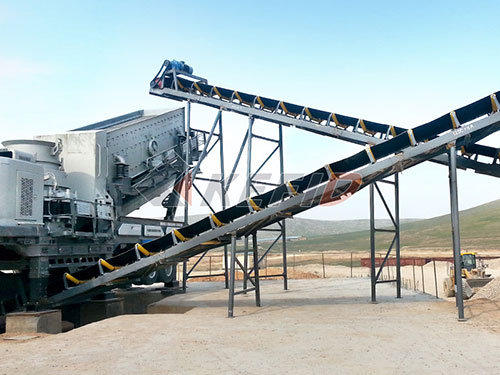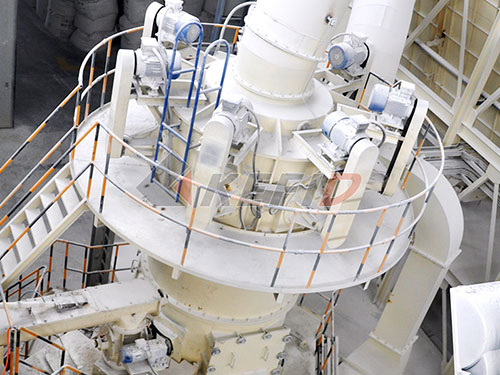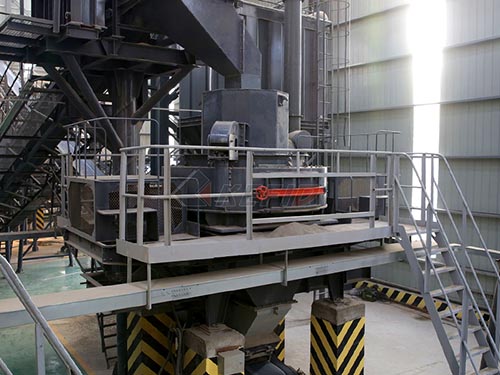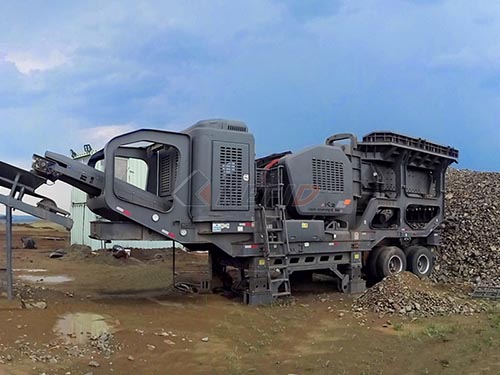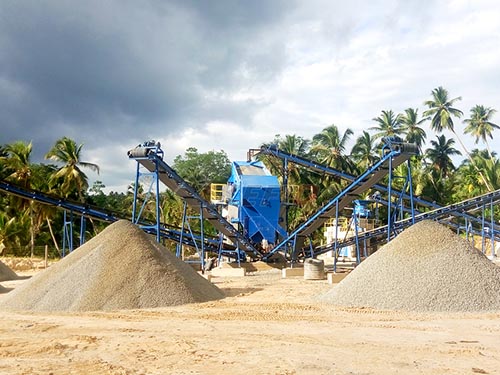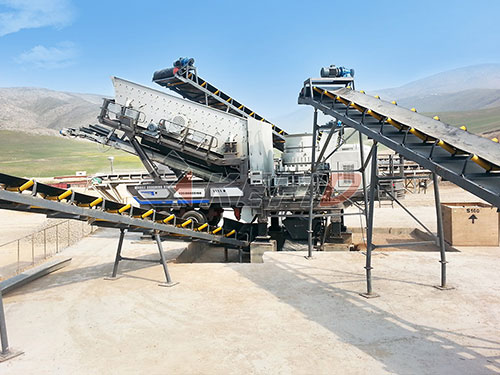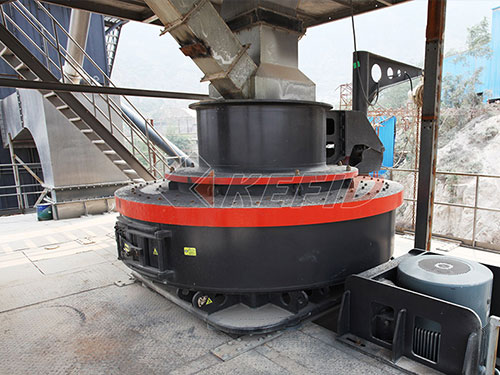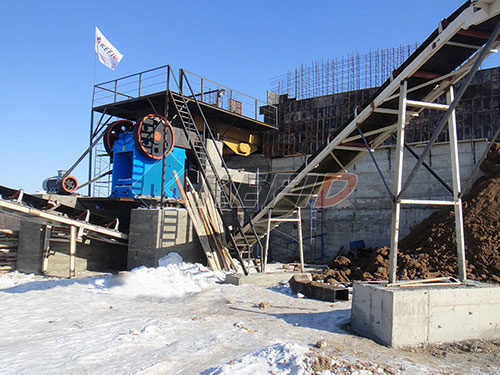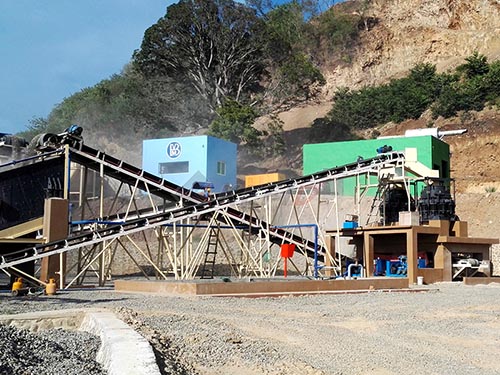A rod mill is a type of tumbling mill used in grinding (comminution) processes, primarily in the mining and mineral processing industries. It is similar to a ball mill but uses long cylindrical steel rods as the grinding media instead of balls.
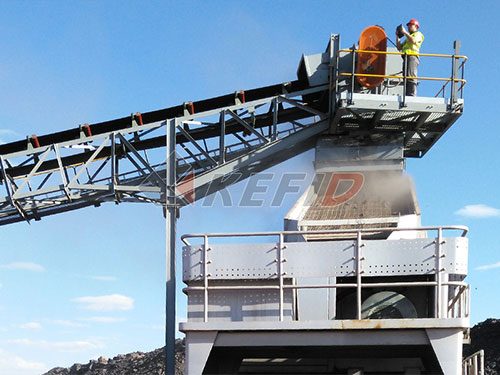
Key Features of Rod Mills:
1. Grinding Media: Uses steel rods (typically 50–100 mm in diameter and slightly shorter than the mill length) instead of balls.
2. Particle Size Reduction: Produces a more uniform particle size distribution with fewer fines compared to ball mills, as rods grind particles by line contact rather than point contact.
3. Operation: Operates at lower rotational speeds (~60-75% of critical speed) to prevent rod tangling and promote cascading motion.
4. Applications:
– Primary grinding stage (coarse grinding).
– Preparing feed for ball mills in wet or dry circuits.
– Used in cement, coal, and chemical industries (less common than ball mills).
Advantages:
– Less over-grinding of fine particles compared to ball mills.
– Better control of particle size distribution.
– Suitable for brittle materials like coal and limestone.
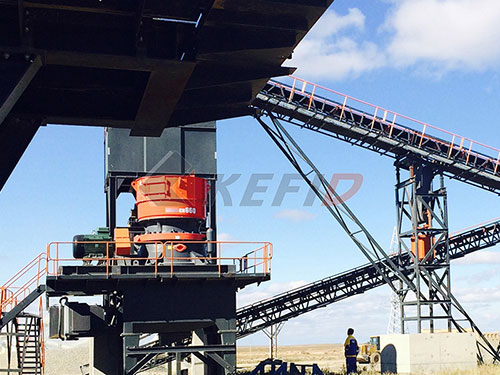
Disadvantages:
– Not ideal for very hard materials (rods wear faster than balls).
– Requires careful operation to avoid rod breakage or tangling.
Comparison with Ball Mills:
| Feature | Rod Mill | Ball Mill |
||-|-|
| Grinding Media | Steel rods | Steel or ceramic balls |
| Particle Size | Coarser, more uniform | Finer, wider size distribution |
| Speed | Lower (~60-75% critical speed) | Higher (~70-80% critical speed) |
| Over-grinding | Less likely | More likely |
Rod mills are often used in open-circuit grinding or before ball mills in a two-stage grinding process, particularly in mineral processing plants handling ores like tungsten, tin, or gold.
Would you like details on specific applications or operational parameters?
